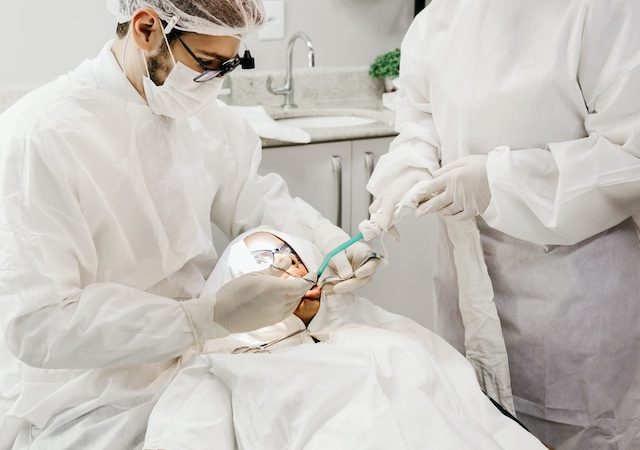Introduction: The discovery of anesthesia stands as a pivotal moment in the history of medicine, forever transforming the landscape of surgical practice. Before the advent of anesthesia, surgeries were excruciatingly painful and often associated with high mortality rates. In this article, we take a deep dive into the captivating history of anesthesia, exploring the remarkable
Introduction: The discovery of anesthesia stands as a pivotal moment in the history of medicine, forever transforming the landscape of surgical practice. Before the advent of anesthesia, surgeries were excruciatingly painful and often associated with high mortality rates. In this article, we take a deep dive into the captivating history of anesthesia, exploring the remarkable individuals and milestones that shaped this revolutionary field and forever changed the course of surgical care.
- The Ether Day: Morton’s Momentous Breakthrough The year was 1846 when a Boston-based dentist named William T.G. Morton administered ether to a patient undergoing a surgical procedure. The patient, John Collins Warren, underwent a painless operation, marking a momentous breakthrough in the history of anesthesia. This event, known as “Ether Day,” laid the foundation for modern anesthesia and paved the way for more complex surgeries that were previously unimaginable.
- Nitrous Oxide: Humphry Davy and the “Laughing Gas” Long before Morton’s discovery, another substance captured the attention of early anesthesia pioneers. In the late 18th century, chemist and inventor Sir Humphry Davy experimented with nitrous oxide, commonly known as “laughing gas.” Although primarily used for recreational purposes at the time, Davy recognized its potential as an anesthetic agent. However, it would take several more decades before its clinical applications were fully realized.
- The Chloroform Controversy: Simpson’s Bold Step In the mid-19th century, Scottish obstetrician James Young Simpson sought an alternative to ether. After experimenting with various substances, he stumbled upon chloroform. Simpson and his colleagues extensively tested chloroform as an anesthetic, primarily in obstetric procedures. The use of chloroform, though hailed as a breakthrough, sparked intense controversy and debate regarding its safety and potential risks. Despite the controversy, chloroform played a significant role in advancing anesthesia practices.
- The Rise of Local Anesthetics: Carl Koller and Novocain The late 19th century witnessed the emergence of local anesthetics, which provided targeted pain relief to specific areas of the body. In 1884, Austrian ophthalmologist Carl Koller discovered the anesthetic properties of cocaine. Koller’s findings revolutionized ophthalmic surgery, allowing surgeons to perform delicate procedures without causing discomfort to patients. Later, the development of synthetic local anesthetics, such as Novocain, expanded the applications of localized pain control.
- Modern Anesthesia: Advances in Techniques and Medications Over the years, anesthesia has evolved tremendously, thanks to continuous advancements in techniques and medications. Inhalational anesthetics, such as halothane and isoflurane, have replaced early agents like ether. Intravenous anesthetics, including propofol, have revolutionized induction and maintenance of anesthesia. Anesthesia machines equipped with sophisticated monitoring devices ensure patient safety and precise control of anesthesia levels. The field has also witnessed the rise of regional anesthesia techniques, such as epidurals and nerve blocks, which provide effective pain control during and after surgery.
Conclusion: The history of anesthesia is a testament to the remarkable progress achieved in the field of medicine. From the game-changing discovery of ether to the development of safer and more targeted anesthetic agents, anesthesia has revolutionized surgical care, enabling complex procedures to be performed with patient comfort and safety in mind. As technology and research continue to advance, the future of anesthesia holds promise for even more refined techniques and improved patient outcomes.

















Leave a Comment
Your email address will not be published. Required fields are marked with *